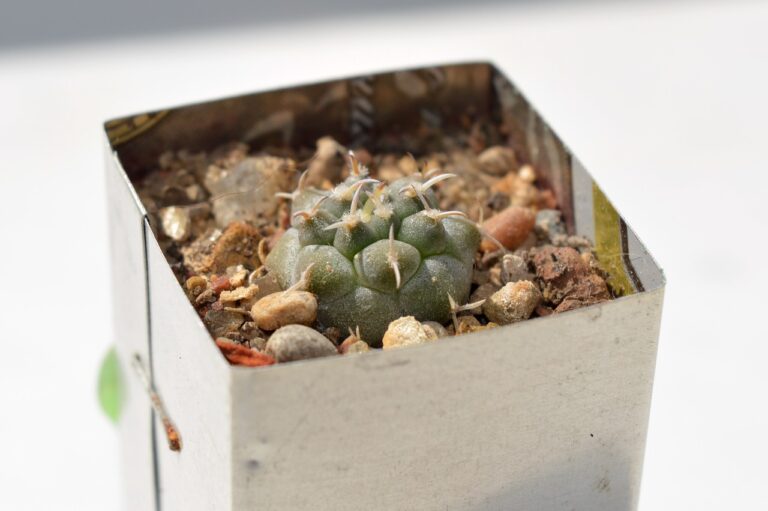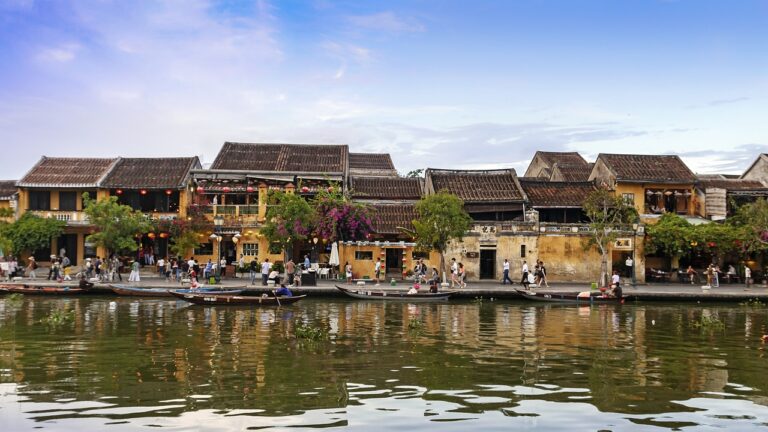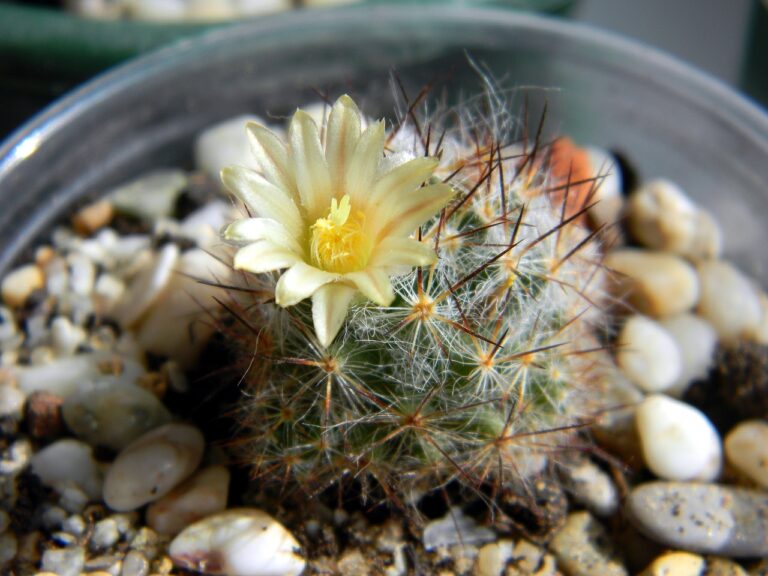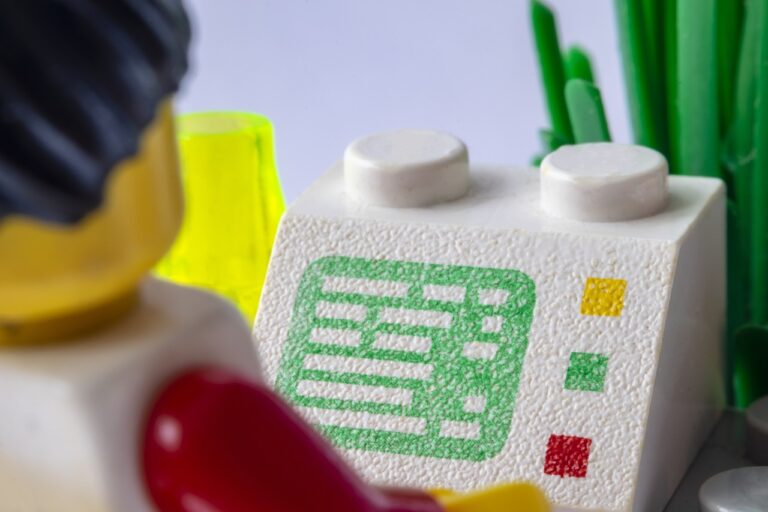Home Improvement for Eco-Friendly Fencing and Gates
When selecting materials for your fence and gate, opting for sustainable options can make a significant impact on the environment. Choosing materials that are renewable, recyclable, or locally sourced can help minimize the carbon footprint of your project. Additionally, sustainable materials are often durable and long-lasting, reducing the need for frequent replacements and maintenance, which further contributes to environmental conservation.
One popular choice for sustainable fencing and gating materials is bamboo. Bamboo is a fast-growing plant that can be harvested without causing deforestation, making it a renewable resource for construction projects. Another eco-friendly option is composite materials made from recycled plastics and wood fibers, offering the look of natural wood without the environmental impact of harvesting virgin timber. By incorporating these sustainable materials into your fence and gate design, you can create a beautiful and environmentally conscious outdoor space.
Benefits of Using Recycled Materials for Your Fencing Project
Using recycled materials for your fencing project offers a wide array of benefits for both the environment and your wallet. By repurposing materials such as reclaimed wood or recycled metal, you are reducing the demand for new resources and minimizing the amount of waste that ends up in landfills. This sustainable practice not only helps in conserving natural resources but also lowers the carbon footprint of your project.
In addition to the environmental advantages, using recycled materials can also add a unique and rustic charm to your fencing design. Each piece of recycled material carries its own story and history, giving your fence a one-of-a-kind character that cannot be replicated with newer materials. Embracing recycled materials in your fencing project not only showcases your commitment to sustainability but also adds a touch of authenticity and individuality to your outdoor space.
How to Incorporate Native Plants in Your Fence Design for Eco-Friendly Landscaping
Landscaping with native plants is a sustainable way to enhance the eco-friendliness of your property. When designing your fence, consider incorporating native plants along the perimeter to create a seamless integration with the natural landscape. Native plants are well adapted to the local climate, requiring less water and maintenance compared to exotic species, making them an environmentally-friendly choice for your fencing project.
Selecting a mix of shrubs, grasses, and flowers that are indigenous to your region can not only beautify your fence line but also provide habitat for local wildlife. Choose plants that are suited to the specific sunlight and soil conditions of your property to ensure their long-term viability. By incorporating native plants into your fence design, you can create a sustainable and visually appealing landscape that contributes to the overall health of the ecosystem.
Why should I consider incorporating native plants in my fence design?
Incorporating native plants in your fence design helps support local ecosystems, attracts beneficial wildlife, reduces water consumption, and adds natural beauty to your landscape.
How can I choose sustainable materials for my fence and gate?
You can choose sustainable materials for your fence and gate by opting for recycled materials such as reclaimed wood, composite materials, or metal that can be easily recycled at the end of their lifespan.
What are the benefits of using recycled materials for my fencing project?
Using recycled materials for your fencing project helps reduce waste, saves natural resources, lowers carbon footprint, and promotes a circular economy by giving new life to materials that would have otherwise ended up in a landfill.
How can I incorporate native plants in my fence design for eco-friendly landscaping?
You can incorporate native plants in your fence design by planting climbing vines along the fence, creating a living wall with native grasses or shrubs, or installing planter boxes filled with native flowers and herbs along the fence line.







